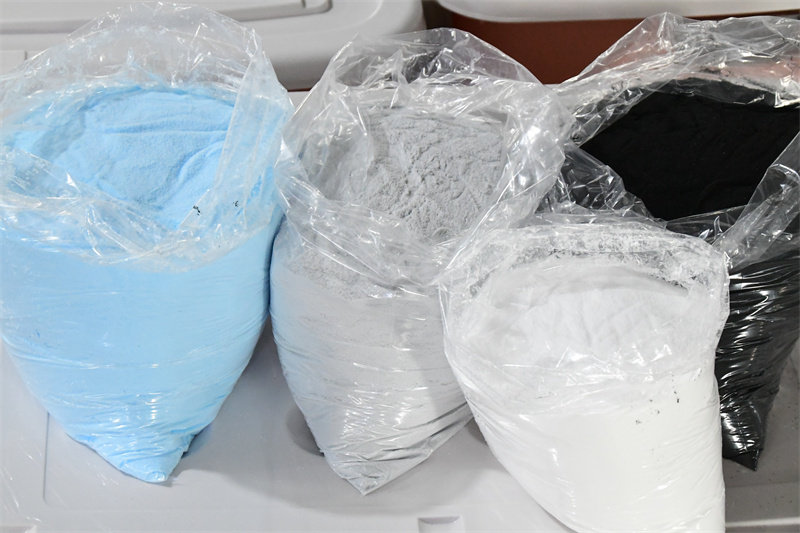How to Determine Material Quality in Rotational Molding Process
 Apr 19,2024
Apr 19,2024

How to Determine Material Quality in Rotational Molding Process
Rotational molding is a plastic manufacturing process used to create large, hollow, and complex products and parts. The process involves heating a powder or liquid resin in a mold until it melts and coats the mold surface. After the resin cools and solidifies, the mold is removed, a finished product is shaped. Ensuring the quality of the raw materials used in rotational molding is crucial for producing high-quality and durable products. This article will discuss how to determine material quality in the rotational molding process.

1. Visual Inspection
The first step in assessing material quality is to conduct a visual inspection of the resin pellets or powder. Check for any visible contaminants, such as dust, dirt, or foreign particles. The material should have a consistent color and be free from any discoloration or degradation. Any inconsistencies in the material's appearance could indicate potential quality issues.
2. Material Certification
Request material certification from the supplier, which provides detailed information about the resin's properties, including its chemical composition, melt flow rate, density, and shelf life. Verify that the material meets the specified requirements and industry standards. Ensure that the certification is up-to-date and applicable to the specific batch of material being used.
3. Melt Flow Index (MFI)
Measure the melt flow index (MFI) of the resin, which is a measure of its flowability during processing. A consistent MFI ensures uniform melting and flow properties, which are essential for achieving consistent wall thickness and product quality. Compare the measured MFI value with the specifications provided by the material supplier to ensure compliance.
4. Material Drying
Before processing, it is important to dry the resin to remove any moisture absorbed during storage. Excess moisture can cause defects such as bubble formation, poor inter-layer adhesion, and surface imperfections. Use a desiccant dryer or hopper dryer to dry the material, and monitor the drying process to ensure that the resin is properly dried.
5. Sample Testing
Perform sample testing by processing a small batch of material using the rotational molding machine. Inspect the resulting product for any defects, such as cracks, voids, or dimensional inaccuracies. Evaluate the product's physical and mechanical properties, including its strength, impact resistance, and chemical resistance. Compare the test results with the product specifications to determine if the material meets the required quality standards.
6. Storage Conditions
Ensure that the storage conditions for the raw materials comply with the supplier's recommendations. Improper storage conditions, such as high temperatures, humidity, or exposure to sunlight, can degrade the material and affect its processing properties. Store the material in a clean, dry, and cool environment, and follow the recommended storage guidelines provided by the supplier.
Determining material quality in the rotational molding process involves a combination of visual inspection, material certification, melt flow index measurement, material drying, sample testing, and proper storage conditions. By carefully assessing these factors, Before mass production, Light Venus assess carefully these factors and ensure that the raw materials used in rotational molding meet the required quality standards.
 Tel: 0086-13632687993
Tel: 0086-13632687993  Email: roto@lightvenus.com
Email: roto@lightvenus.com

 Home
Home How to Ensure the Proper Materials Storage in Rotational Molding Process
How to Ensure the Proper Materials Storage in Rotational Molding Process  You May Also Like
You May Also Like



 Tel
Tel
 Email
Email
 Address
Address








